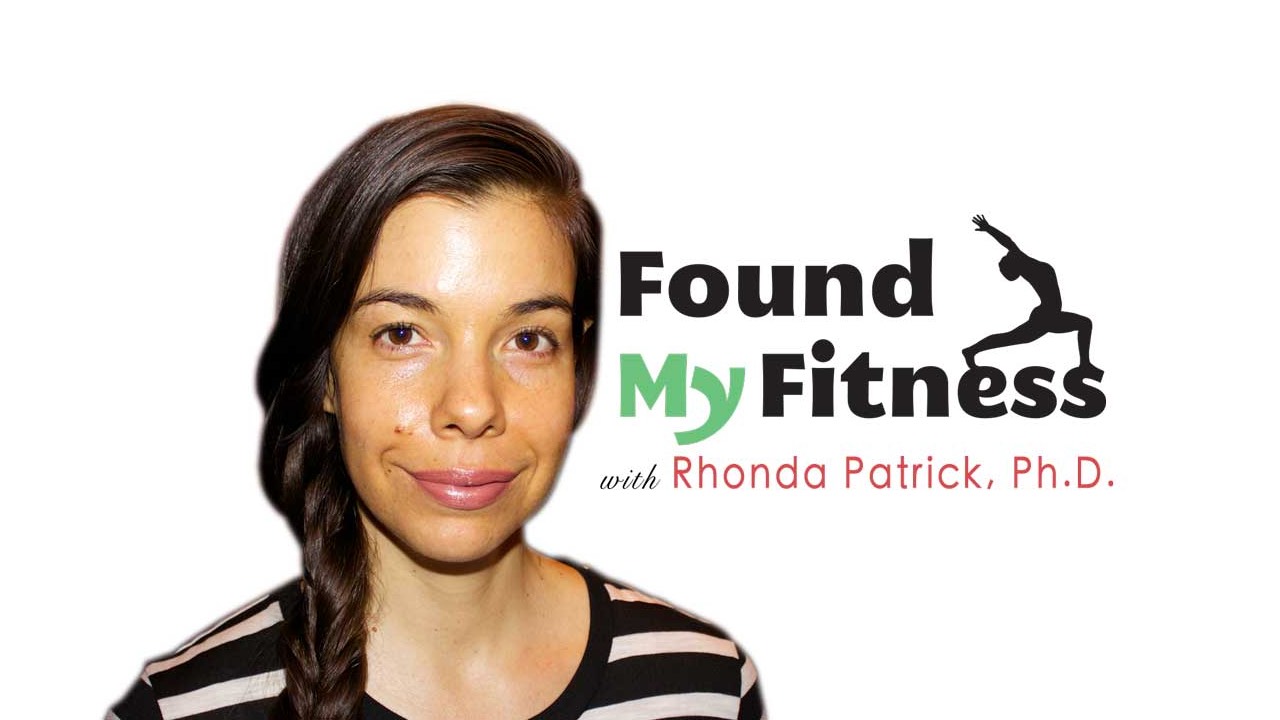Salmon Roe Stacks Recipe
The BDNF Protocol Guide
An essential checklist for cognitive longevity — filled with specific exercise, heat stress, and omega-3 protocols for boosting BDNF. Enter your email, and we'll deliver it straight to your inbox.
This short recipe video shows a fun, tasty way to eat salmon roe. Click To Tweet
A form of DHA, an omega-3 fatty acid, with its own transporter.
Salmon roe is rich in the omega-3 fatty acid, docosahexaenoic acid, or DHA. Not all DHA forms are created equal, however. The DHA in salmon roe is in phospholipid form, which may play a unique role in human physiology. It turns out that humans and some animals have a transporter, called Mfsd2a, in their brains. This transporter targets the phospholipid form of DHA and moves it into the brain. Research has shown that animals that have been genetically modified to lack Mfsd2a transporters have 60% less DHA in their brains compared to normal animals. Other research shows that humans who have a mutation in the gene that encodes for the Mfsd2a transporter develop early neurodegeneration.
Not just a pretty fish – salmon roe is rich in other nutrients.
Not only is salmon roe a good source of DHA, it also provides protein, vitamins, minerals, and astaxanthin – an antioxidant compound that gives salmon its reddish or pinkish tint. In human studies, astaxanthin reduces biomarkers of oxidative stress.
Relevant studies
- Marine Omega-3 Phospholipids: Metabolism and Biological Activities
- Mfsd2a is a transporter for the essential omega-3 fatty acid docosahexaenoic acid
- Inactivating mutations in MFSD2A, required for omega-3 fatty acid transport in brain, cause a lethal microcephaly syndrome
- Antioxidant effect of astaxanthin on phospholipid peroxidation in human erythrocytes
Attend Monthly Q&As with Rhonda
Support our work

The FoundMyFitness Q&A happens monthly for premium members. Attend live or listen in our exclusive member-only podcast The Aliquot.





















































































